Close-Up Lens in Macro Photography
Close-Up lenses | How to select and How to use them
PHOTOGRAPHY
Andy
Macro Photography is a very fulfilling type of photography. Overall, it refers to close-up photography of various small subjects. It is a photography style that can either be done indoors or outdoors. The main characteristic is that the subject is magnified, exposing details that otherwise would not be visible to the naked eye. Two of the most important aspects of macro photography are Depth of Field and Focus which we will cover in further detail in another post.
For Macro Photography would need to mount on your camera a macro lens; these are specific lenses that are designed to capture sharp close-up photographs. However, an alternative to macro lenses is to use close-up lenses; these are lenses that you can screw onto the front of your camera lens just like any other filter. By doing that, a close-up lens can convert your regular camera lens into a macro lens. Close-up lenses do not reduce the amount of light entering your camera lens unless you mount multiple close-up lenses which could have an effect. In general, a close-up lens is a much affordable way to start in macro photography, until you decide at a later point in time if you would like to move into purchasing a macro lens.
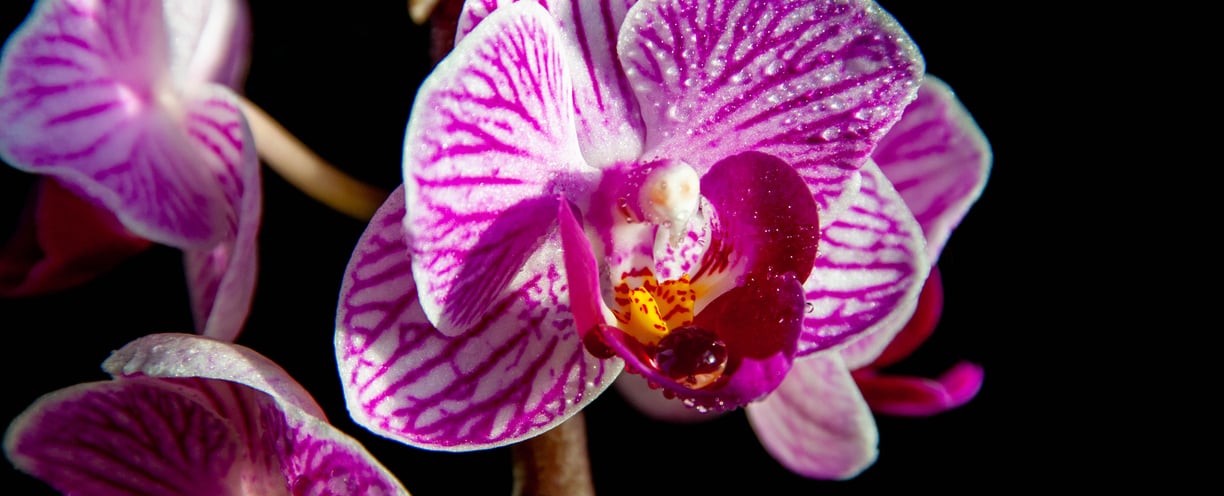

How To Use a Close-Up lens
There are different sizes of close-up lenses. Typical sizes are +1, +2, +3, +4, and +10. These numbers are referring to the magnifications achieved. The higher the number the higher the magnification. It is also possible to combine more than one close-up lens simply by screwing one lens after the other in sequence. If you chose to do so, you should screw the lens with the smaller value first.
However, keep in mind that the more lens you add the less light reaches the camera sensor, and also that the quality of the photo would be affected as you will be introducing more glare. We would recommend that you do not stack more than 2 or 3 lenses. So all in all apart from mounting the close-up lens you do not have to do much else with regards to this accessory, your camera will take care of exposure and auto-focus. However, at higher magnifications it may be easier to switch the lens to manual focus.
The photos below were taken from the same working distance (approximately 22cm), using the normal lens and then mounting +1, +2, and +4 close-up lenses one at a time repsectively.
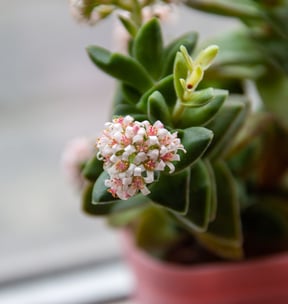

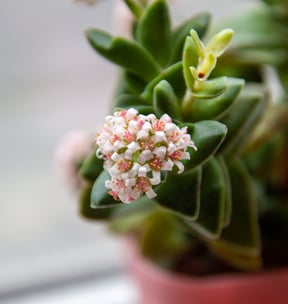

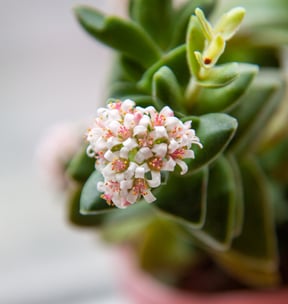

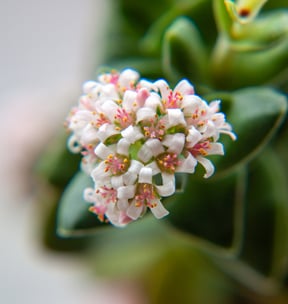

How To Select the Best Close-Up lens
Choosing the right close-up lens requires paying attention to two parameters:
Diameter of your lens
Elements of the close-up filter
The first one, lens diameter, is important to know as you should have the same diameter of the close-up lens as your camera lens. You can easily find this information around the camera lens mount. There is the symbol "Ø" which is the symbol of diameter followed by a number in mm e.g. Ø67mm, Ø72mm. Keep in mind that the focal length is not the same as the lens diameter but two different things. So ensure that you see the symbol "Ø" following the number when you looking for the lens diameter.
The second parameter is related to quality. There are single element close-up lenses (only one piece of glass) or double element (also known as achromatic close-up lenses) close-up lenses. The difference is in price and quality, with the single element being cheaper but reducing the quality in terms of aberrations, blur, and distortions.


